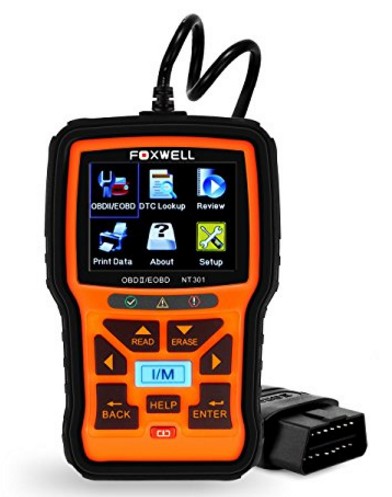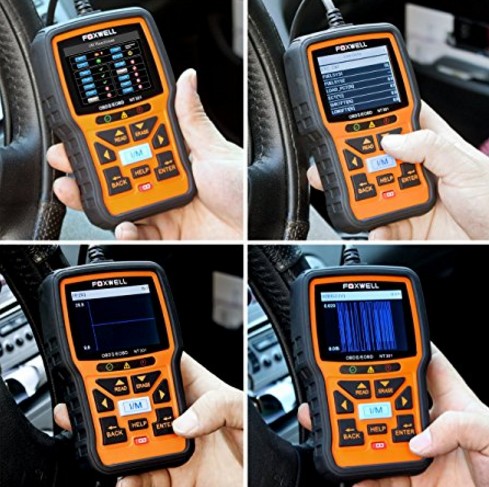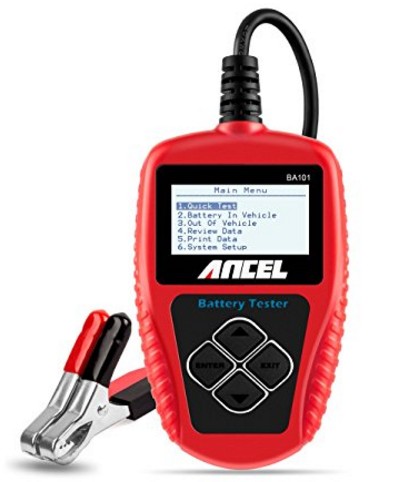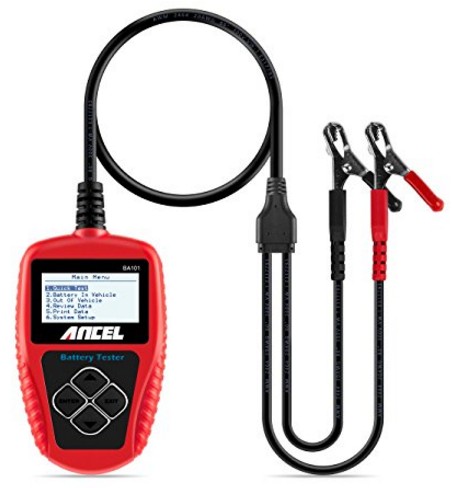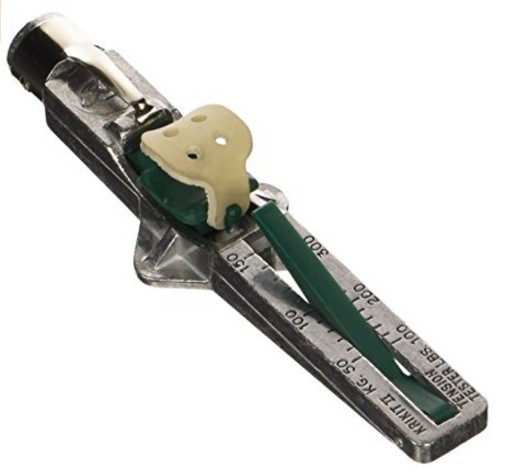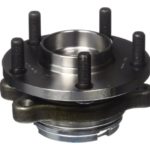This OBDII scan tool has a large color LCD display to make navigation very simple and easy. The tool is protected by a rubber surround to absorb any minor shock from use. The unit does not require any batteries to operate. Most cars manufactured from 1996 will support OBDII diagnostic. All you need to do is plug it into your car’s OBDII (DLC) port and it will power up using the car’s power. You can then start the vehicle to read any trouble codes or pending codes. If there are trouble codes, you can use this tool to erase the code. Of course you should fix the issue or else the code will return.
The tool also have quick access buttons to read codes, erase codes, and I/M readiness check. There are 3 LEDs in the middle of the screen to show you if you have any trouble codes, or pending codes along with audible beeps. If you want to venture into more advanced features, this tool is able to show live data and record data. You can also connect the unit to a computer with the included USB cable to print the test result. There is an option to look up definition of trouble codes simply by entering the trouble code. Once you are done, just unplug the unit from the car and put away the tool. Can’t be any simpler. Overall it’s a well designed tool for all the DIYers.
